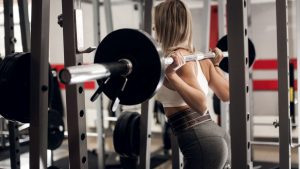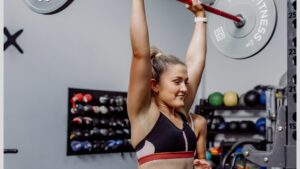For further insights into Olympic lifting techniques and training methodologies, check out these reputable resources:
USA Weightlifting: Explore training programs, resources, and articles dedicated to Olympic weightlifting.
Catalyst Athletics: A valuable source offering in-depth information on Olympic weightlifting, including technique breakdowns and programming guidance.
BarBend: This platform provides comprehensive content covering strength sports, including articles, guides, and interviews relevant to Olympic lifting.
By incorporating these squat variations strategically and complementing them with a well-rounded training regimen, a 20-year-old female can significantly improve her performance in Olympic lifting.
Comparison tabular
Wrapping up

Hey there, it’s Mike Rrsq, the Editor-in-Chief over at Jsquat.com, and I’m absolutely obsessed with all things squat fitness! I’ve been lucky enough to get some serious recognition for my work in this field. With a solid background in the fitness and wellness industry, I’ve been there right from the get-go, helping shape this website into what it is today.
You see, I’m not just the boss around here; I’m also a passionate contributor. I love sharing my insights through my articles, and trust me, they’re not your run-of-the-mill stuff. Each piece I write is a labor of love, filled with my expertise and real-world experience in the fitness universe. So, if you’re into fitness and looking for some inspiration, you’re in the right place!


